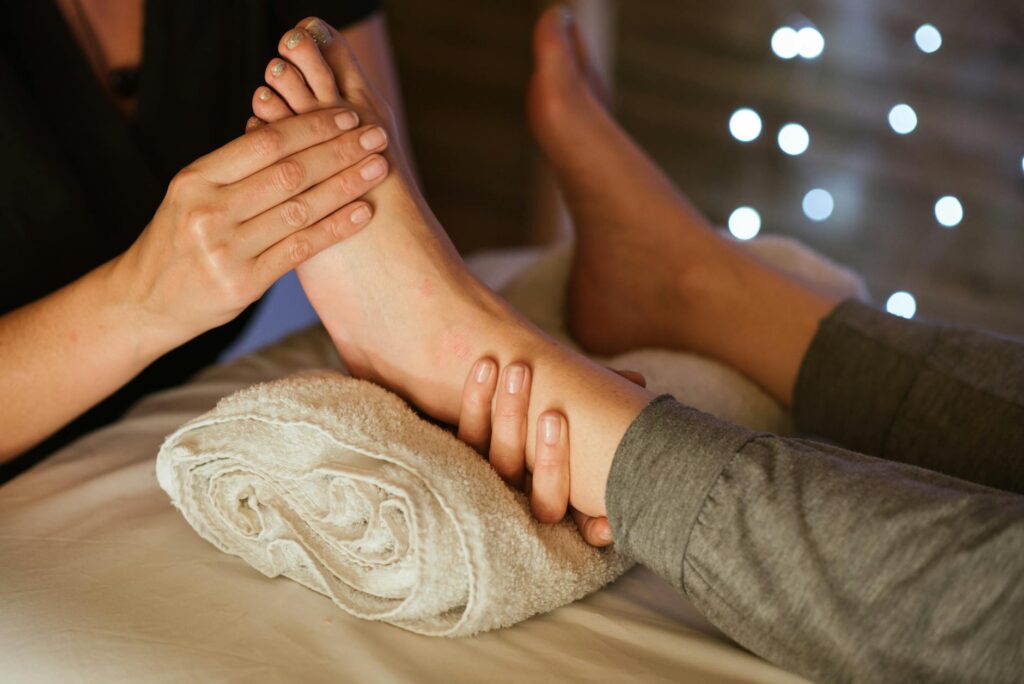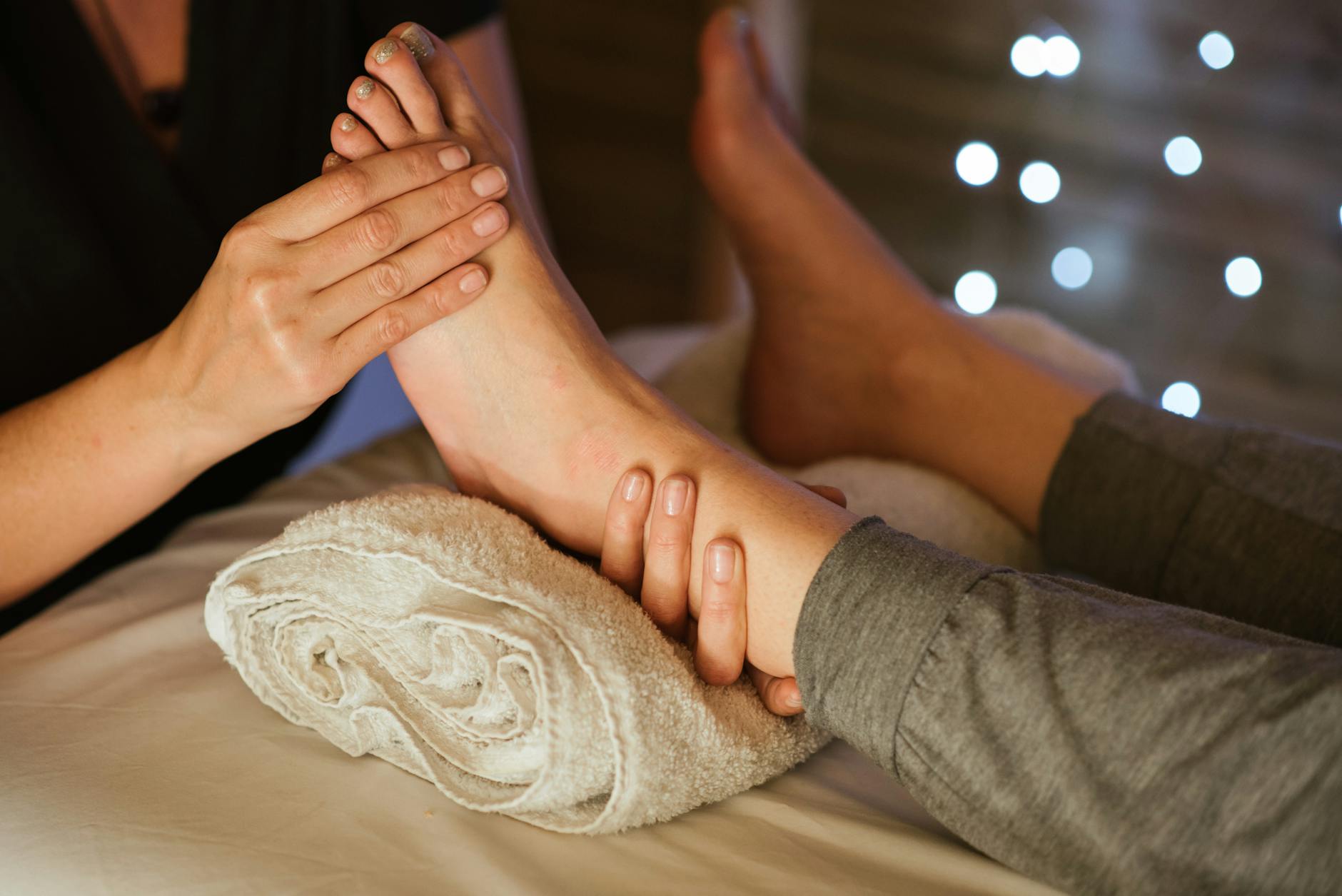What is stress reduction techniques?

What is stress reduction techniques?
Stress is a part of life. It can creep in from various aspects of our daily routines—work, relationships, or unexpected changes. In small doses, stress can even be motivating. However, when it becomes overwhelming, it can negatively impact our mental and physical health. That’s why adopting effective stress reduction techniques is crucial for maintaining well-being and productivity.
Understanding Stress and Its Effects
To address stress effectively, we need to understand what it is, its causes, and its long-term effects on our health.
Definition of Stress
Stress is a state of mental or emotional strain resulting from challenging or adverse situations. Psychologically, it can manifest as feelings of anxiety or irritability. Physiologically, it’s your body’s response to perceived threats, activating the fight-or-flight response. This reaction releases hormones like adrenaline, preparing your body to confront or flee from danger.
Common Causes of Stress
Common stressors include:
- Work Pressure: Tight deadlines, heavy workloads, or conflicts with colleagues can be significant stressors.
- Relationship Issues: Tension with family, friends, or partners often contributes to stress levels.
- Life Changes: Major transitions, such as moving, changing jobs, or experiencing a loss, can increase stress.
Short and Long-Term Effects of Stress
Short-term stress responses can include irritability, fatigue, and difficulty concentrating. However, if stress is chronic, it can lead to severe health consequences, such as high blood pressure, heart disease, anxiety disorders, and digestive issues. Research shows that prolonged stress can even weaken the immune system. For more on how stress affects your health, you can check this link.
Popular Stress Reduction Techniques
Fortunately, there are many effective techniques to help mitigate stress. Here are some popular stress reduction techniques that you can incorporate into your daily life.
Mindfulness and Meditation
Mindfulness is about being present in the moment without judgment. Meditation can enhance this practice, helping to clear your mind and reduce anxiety. Studies have shown that even a few minutes of daily meditation can significantly decrease stress levels. Techniques like breath focus, where you take long, deep breaths, are particularly effective (source).

Photo by Anete Lusina
Physical Exercise
Physical activity is a powerful antidote to stress. Whether it’s a brisk walk, yoga, or a gym workout, exercise releases endorphins—your body’s natural painkillers and mood elevators. Regular exercise can improve your overall mental health and reduce anxiety. For more tips on staying active, you can explore Mayo Clinic’s stress relievers.
Deep Breathing Exercises
Deep breathing can quickly calm your mind and body. Techniques like diaphragmatic breathing involve inhaling deeply through your nose, allowing your abdomen to expand, and then exhaling slowly. This process helps lower cortisol levels (the stress hormone) and can be done anywhere, anytime.
Time Management Strategies
Effective time management can significantly reduce stress levels. Prioritizing tasks, breaking projects into smaller steps, and using planners can help you maintain control over your workload. Setting realistic deadlines and knowing when to say no are also crucial strategies to prevent feeling overwhelmed.
Healthy Lifestyle Choices
Your lifestyle choices can influence your stress levels. Incorporating a balanced diet rich in fruits, vegetables, and whole grains can enhance your mood. Adequate sleep is essential for stress management, as is staying hydrated. Avoiding excess caffeine and alcohol can also help in maintaining a calmer state of mind.
Integrating Stress Reduction Techniques into Daily Life
Now that you know various stress reduction techniques, how can you make them part of your routine?
Creating a Routine
Establishing a daily routine that incorporates time for stress-reducing activities can be beneficial. A consistent schedule can help regulate your body’s internal clock, reducing anxiety about what to expect each day.
Setting Realistic Goals
When setting goals, ensure they’re achievable and aligned with your current capacity. Breaking larger goals into smaller, manageable tasks can help you feel accomplished without overwhelming yourself.
Seeking Support from Others
Don’t hesitate to reach out for support. Whether it’s talking to friends and family or seeking professional help, sharing your struggles can lighten the burden of stress. Support systems can provide perspective and strategies that you might not have considered.
Conclusion and Final Thoughts
Incorporating stress reduction techniques into your life isn’t just beneficial; it’s essential for maintaining both mental and physical health. By understanding the nature of stress and actively applying these techniques, you can improve your productivity and enhance your overall well-being. Remember, it’s about gradual change and consistency, so start small and build upon your successes. Take charge of your stress today, and you’ll reap the benefits tomorrow!